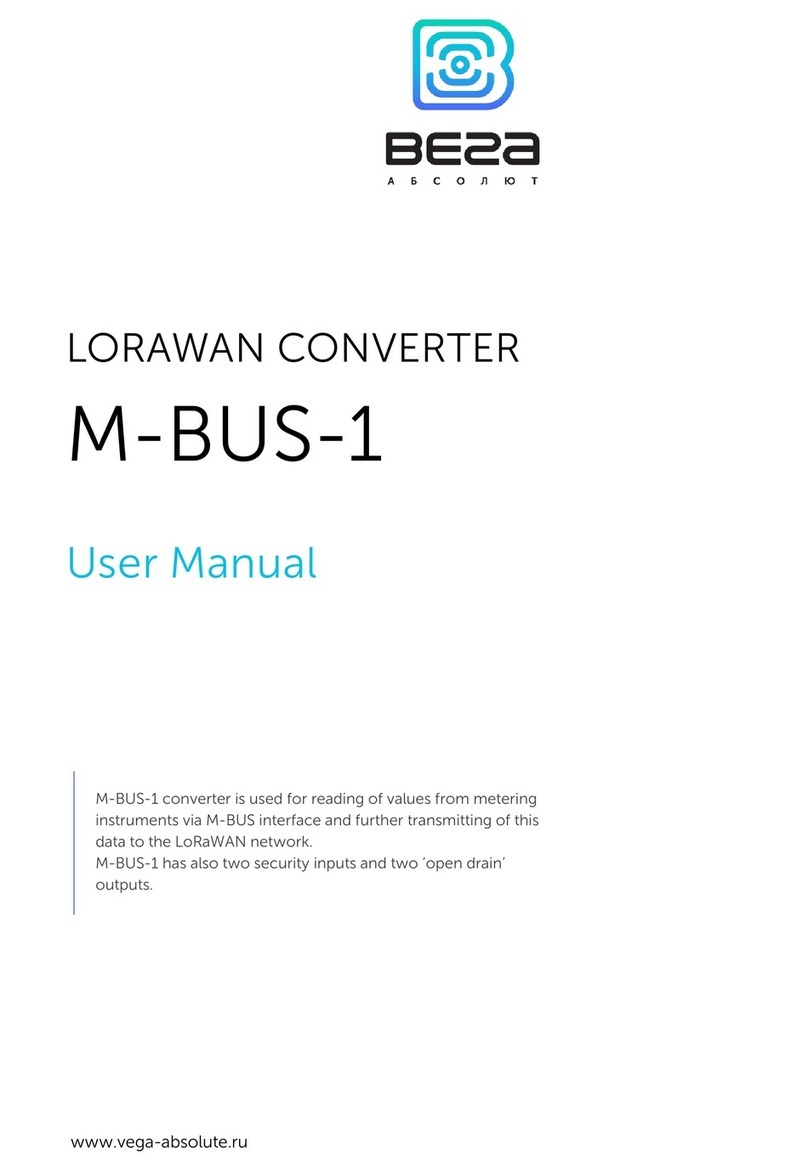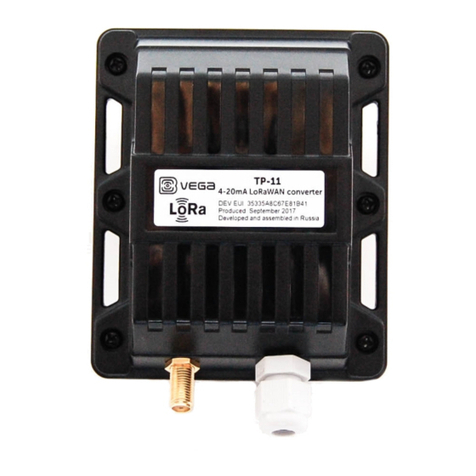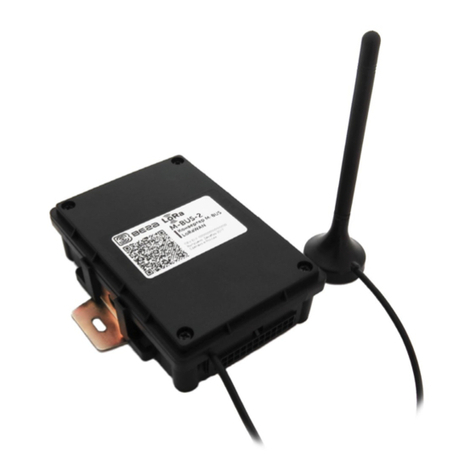
M-BUS-1 / User Manual
2 Revision 15 – 30 June 2021
CONTENTS
INTRODUCTION.........................................................................................................................................................................4
1 DESCRIPTION AND OPERATION ......................................................................................................................................... 5
Device description .................................................................................................................................................................5
Comunication and data collection algorithm .................................................................................................................. 5
Functional ................................................................................................................................................................................ 6
Marking .....................................................................................................................................................................................7
2 SPECIFICATION .......................................................................................................................................................................8
Device specification............................................................................................................................................................... 8
Default Device Settings ......................................................................................................................................................... 9
3 OPERATION............................................................................................................................................................................ 10
Device Appearance .............................................................................................................................................................. 10
Contacts Description ........................................................................................................................................................... 12
LED Indications .....................................................................................................................................................................14
Mounting Recomendations................................................................................................................................................15
Converter operation in the independent poll mode.....................................................................................................17
Converter operation in the transparent mode ...............................................................................................................17
Converter operation in the universal poll mode............................................................................................................17
4 COMMUNICATION PROTOCOL – 1.1 VERSION.............................................................................................................21
Converter M-BUS-1 transmits the following types of packets.................................................................................... 21
1. Packet with current readings from connected heat meter ...................................................................................21
2. Packet with data from connected M-BUS device.................................................................................................... 22
3. Packet with data about external power..................................................................................................................... 22
4. «Alarm» packet..............................................................................................................................................................22
5. Packet with data about state changes of the outputs OUT_1 or OUT_2............................................................ 23
6. Packet with time correction request..........................................................................................................................23
7. Settings packet............................................................................................................................................................... 23
Converter M-BUS-1 receives packets of the following types .....................................................................................24
1. Real-time clock adjustment ........................................................................................................................................ 24
2. Query of readings log................................................................................................................................................... 24
































